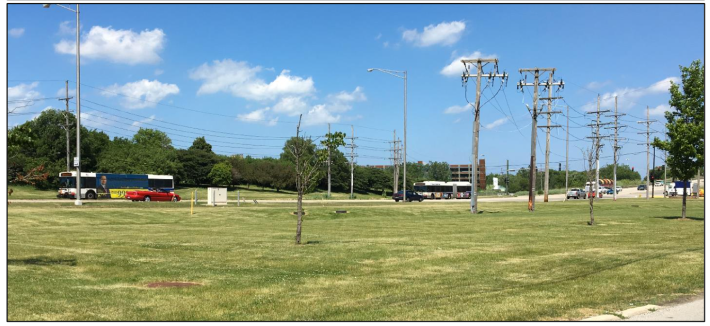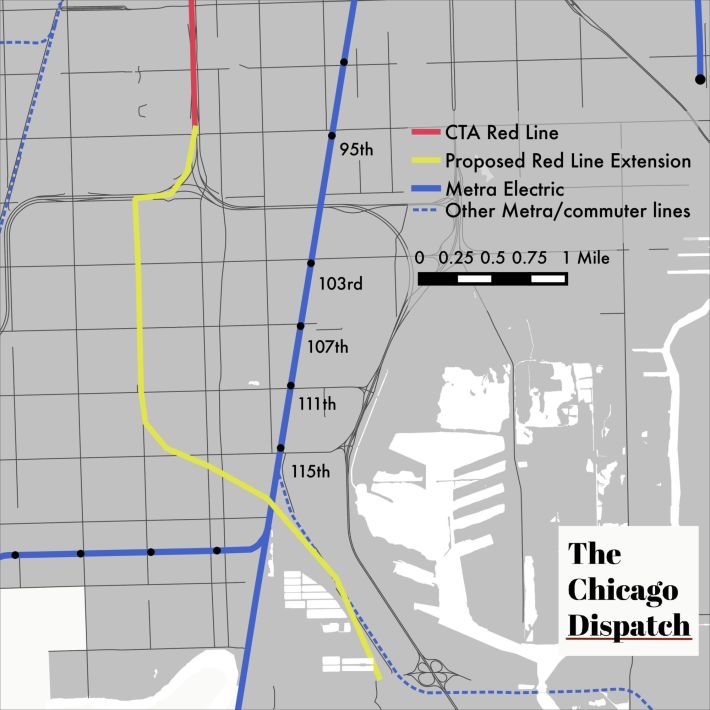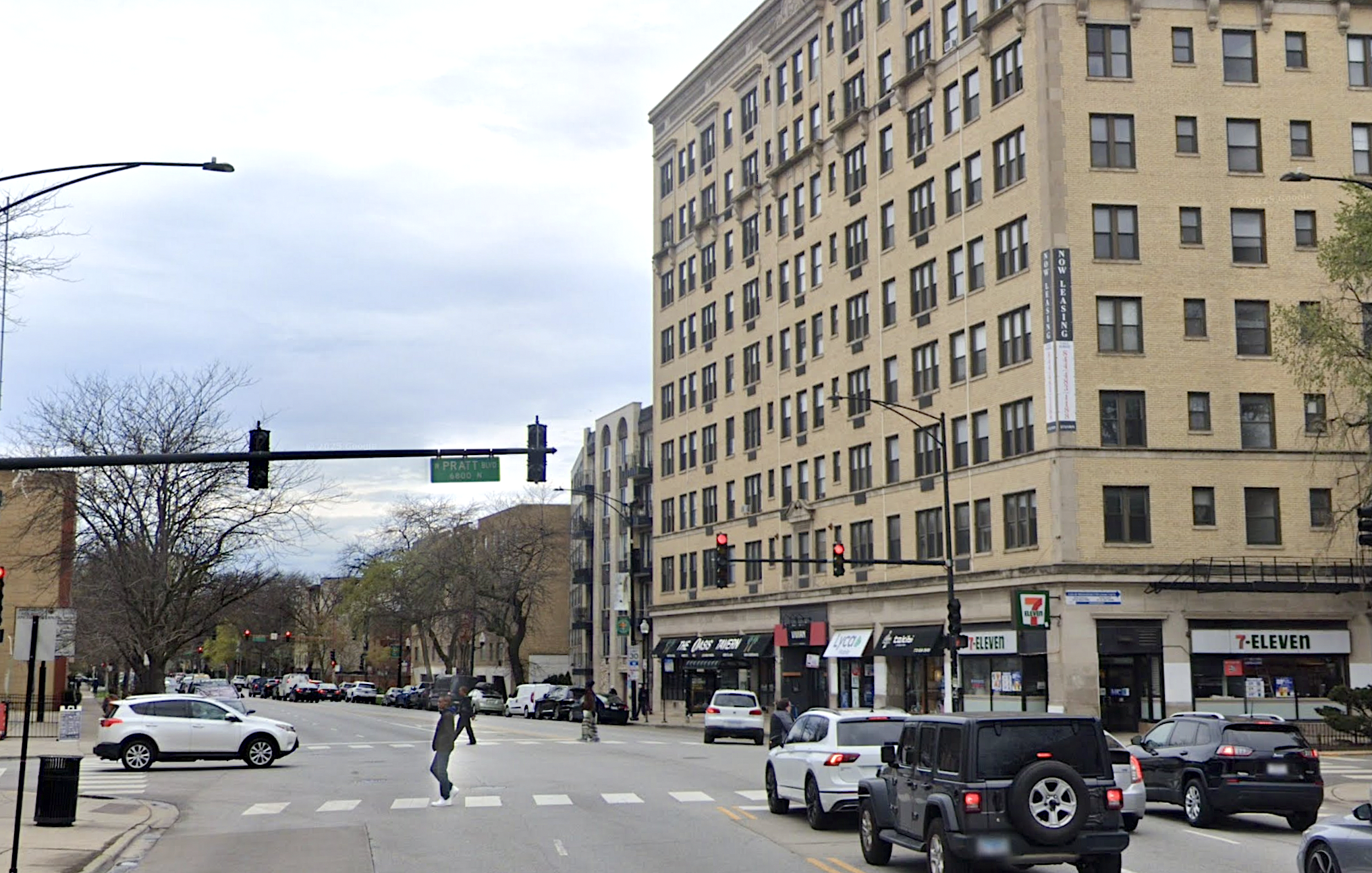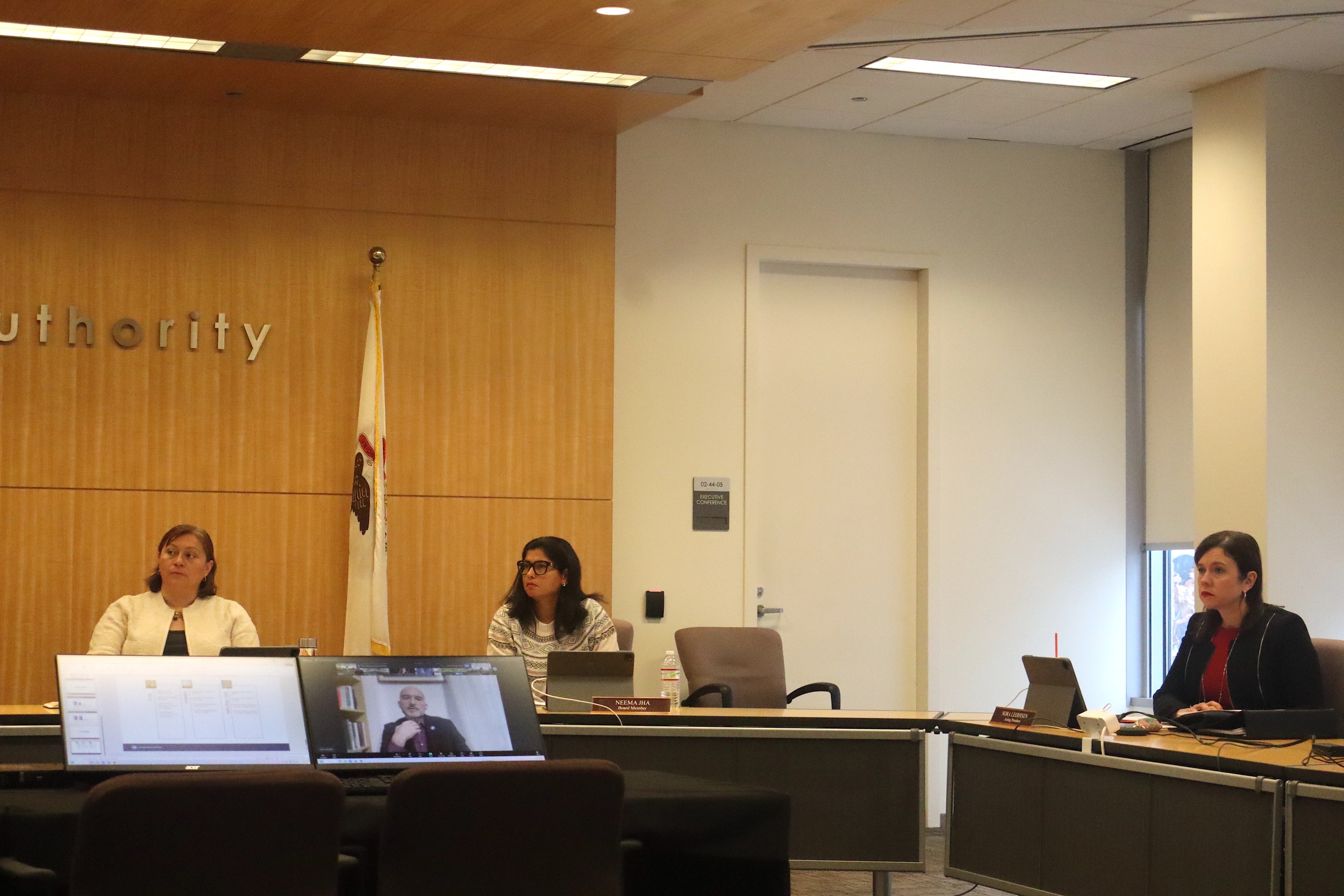
The Chicago Transit Authority published its Environmental Impact Statement for the proposed Red Line extension from 95th St. to 130th St. in the Riverdale community area last month, and it includes a couple of good and bad surprises. An EIS is a study that federal law requires before the United States Department of Transportation fund any highway or transit infrastructure.

Scattered within it, the CTA describes how it intends to operate service on the extension, on which it's proposed four new stops, at 130th, in Roseland, Pullman, West Pullman, and Riverdale.
The EIS outlines the CTA's intention to build thousands of expensive new car parking spaces next to each of the stations, an atrocious use of public funds. The CTA's parking study for this project was conducted in 2009 and concluded that the Red Line extension could attract drivers affects by heavy expressway congestion getting to work or pay high costs to park downtown.
The CTA intends to build 3,700 car parking spaces across all four stations, with 3,300 of them at two stations.
Transit agency-built parking facilities have negative affects: they waste transit agency – public – money and aren't a significant draw of riders.
The CTA would spend tens of millions on a 7-story car parking garage with 2,300 spaces at the 130th St. terminal station. The EIS doesn't project the cost of these garages, but if the median cost per space in Chicago is $22,425, according to a review of actual construction costs, this structure would cost over $51 million.
At the Michigan Ave. and 116th St. station, the CTA would build a 3- or 5-story garage for 1,000 cars, at a cost of over $22 million. Some existing buildings would be acquired or condemned and then demolished in order to build the garages.
Other parking studies show higher per-space costs.
Building publicly-owned and indebted car parking garages are not good public investments. Deloris Lucas, a Riverdale resident who's asked the city to build a simple sidewalk so people can walk to a grocery store, said she also wants "a full-line grocery store, a pharmacy, currency exchange, a library, a dry cleaner and a community center."
One of CTA's parking structures could pay for all of those venues to open, and fund many public services in the area for years.
The CTA is hosting a public hearing tonight at St. John Missionary Baptist Church, at 211 E. 115th St., from 5:30-7:30 p.m. Comments can also be made online at: RedExtension@transitchicago.com. Public comments are accepted through Nov. 30, 2016. You can also your comments to Chicago Transit Authority, Strategic Planning & Policy, 10th Floor, Attn: Red Line Extension Project, 567 W. Lake Street, Chicago, IL 60661-1465.
I'll discuss one of the positive surprises in a separate post.
![]()
Did you appreciate this post? Consider making a donation through our PublicGood site.





